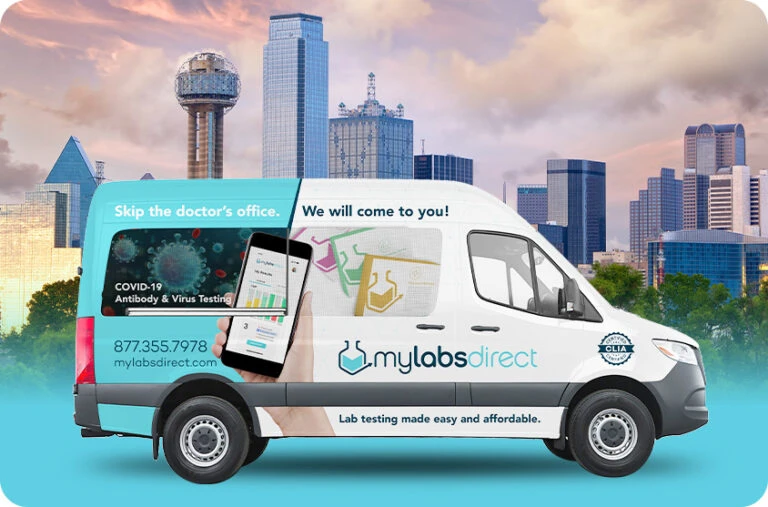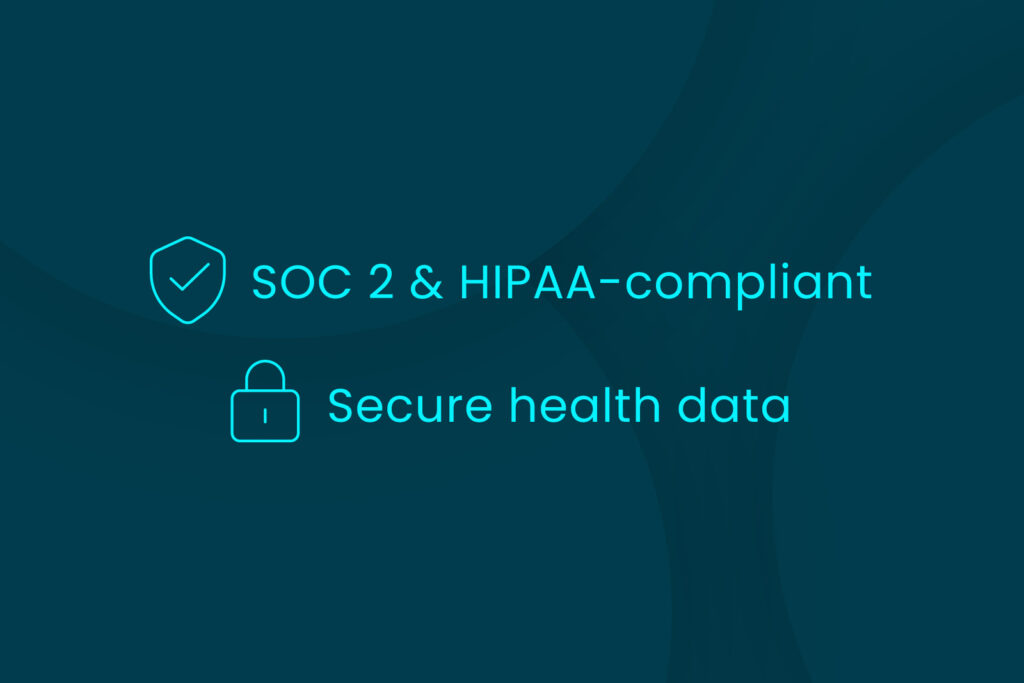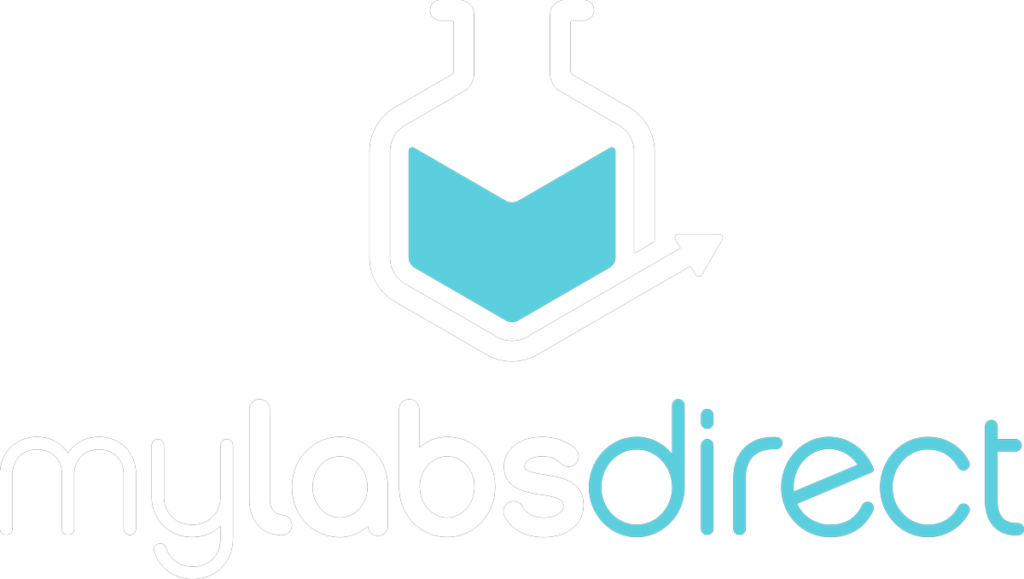Complete Food Allergy Test
Globally, as many as 520 million people may suffer from food allergies, with many patients sensitive to one to three foods.
Making food allergies difficult to identify is the fact that they often present with a wide variety of symptoms that can coincide with non-allergic food reactions. Gastrointestinal (GI) symptoms triggered by celiac disease and specific food intolerances such as lactose intolerance or irritable bowel syndrome (IBS) are often interpreted as food allergies.
Diagnosis can help to reduce the incidence of adverse reactions and the unnecessary exclusion of foods that should be eaten as part of a normal, healthy die.
What this Test measures
Up to 80 percent of patients with allergies are sensitized to more than one allergen. The effect is cumulative: An individual may have a number of triggers, which, combined, may lead to symptoms. The allergen symptom threshold is the point at which the cumulative allergen load leads to symptoms.
Each person has a different level of IgE antibodies at which he or she will show symptoms. Until the symptom threshold is reached, individuals will not show symptoms. However, when these allergens add up, they have a cumulative effect, pushing the one over their symptom threshold. By reducing exposure to certain triggers, symptoms can be avoided.
Identifying and reducing exposure to sensitized allergens, particularly house dust mite, can reduce the risk of virally induced asthma exacerbations. In individuals with asthma, allergies and respiratory viral infections act synergistically―pushing the one over their symptom threshold―to increase the risk of a severe exacerbation. Those with asthma and allergy, who subsequently develop a respiratory viral infection, are at increased risk of hospital admission.
- Almond
- Cashew
- Cod Fish
- Cow’s Milk
- Egg White
- Hazelnut
- Peanut
- Salmon
- Scallop
- Sesame
- Shrimp
- Soybean
- Tuna
- Walnut
- Wheat
Common food allergy symptoms include:
- Gastrointestinal symptoms
- Mild wheezing or coughing
- Itching or tingling mouth, lips, or throat
- Fatigue
- Urticaria
- Failure to thrive
- Intense itching
- Facial edema
- Feeling very hot or very cold
- Anxiety
- Pale or flushed appearance
- Dyspnea
- Hoarseness
- Croupy/choking cough
- Very pale/cyanotic lips
- Unresponsiveness
- Circulatory collapse
Food allergies in children

Food allergies are a growing problem among infants and children. Approximately 40 percent of infants and young children with moderate to severe eczema suffer from food allergies, with eggs, cow’s milk, soy, and wheat accounting for the majority of allergenic foods.
Fortunately, the majority of children with an egg or milk allergy will outgrow it by age 5. In the meantime, though, children allergic to those and other foods often experience a diminished quality of life. This is often due to:
- Social isolation as a result of food restrictions.
- Anxiety among children and parents regarding school attendance and social events.
- Avoidance of major foods, which can lead to malnutrition and a failure to thrive.
For these reasons, early identification and avoidance of the allergenic foods is critical. Furthermore, there is a known link between food allergies and other disease: About 40 percent to 60 percent of children with an allergy to eggs or milk will develop asthma, and 30 percent to 55 percent will develop allergic rhinitis.
Questions? We Have Answers.
Food sensitivity tests are designed to detect delayed immune reactions to foods, while IgE blood tests are used to diagnose immediate allergic reactions. IgE tests are more scientifically validated and widely accepted in clinical practice, especially for diagnosing food allergies with clear, immediate symptoms. Food sensitivity tests, on the other hand, remain controversial and may not provide reliable results in all cases.
An IgE (Immunoglobulin E) food allergy blood test measures the levels of IgE antibodies in your blood in response to specific food allergens. The results of this test can provide valuable information about your food allergies, including: Identification of allergenic foods, severity of allergic reactions, or confirmation of allergies. With guidance of a healthcare provider, allergy tests can be used for allergen avoidance, monitoring allergic sensitivity and treatment planning.
Please prepare to test first thing in the morning. Be sure to drink plenty of water before testing! Being well hydrated will help increase blood flow and improve the testing experience.
*Note: Do not test on a Friday, Saturday, Sunday, or Holiday. Your sample must be picked up, dropped at a dropbox location or brought to FedEx on the same day you test.
Your results can be easily shared with your healthcare provider, and in fact, we encourage you to share your data in order to obtain the treatment you might need. Contact us for a network of healthcare providers that specialize in treating diabetes and nutritional deficiencies.














